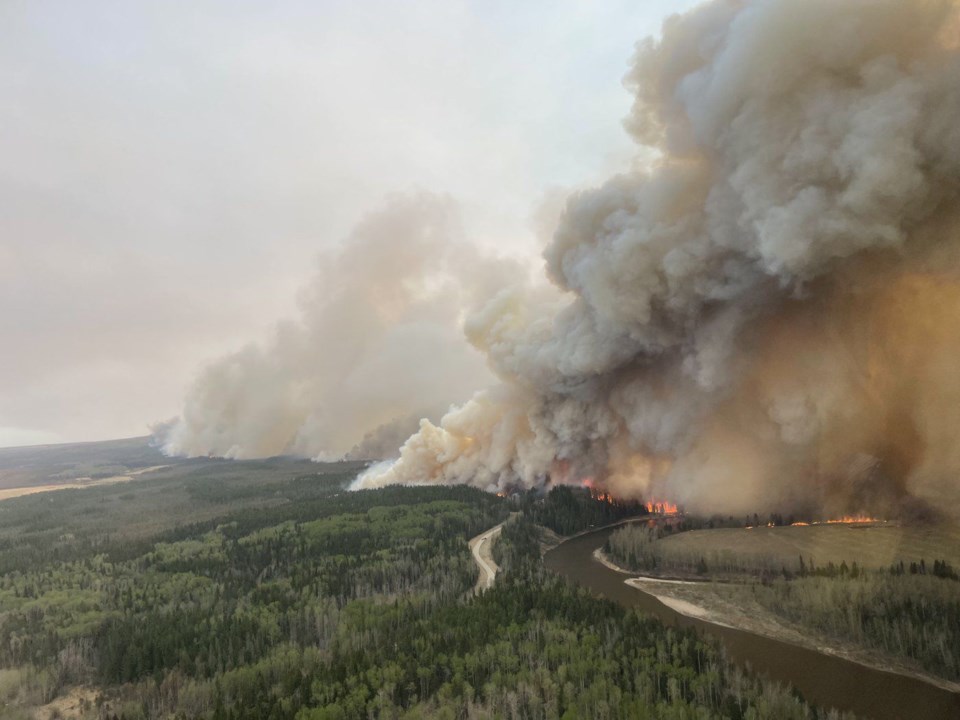It was one of Alberta's wildest wildfire seasons in many respects.
The season, which officially lasts from March 1 to Oct. 31 annually, saw tens of thousands of people evacuated from different communities and the province officially declaring a state of emergency in early May because of rampant wildfires for the first time ever.
There were more than 20 local states of emergency and band council resolutions passed as well.
"We definitely had a very busy spring," said Derrick Forsythe, provincial information officer with Alberta Wildfire, a division of the Ministry of Forestry and Parks.
It was a busy summer and autumn as well. As of Tuesday, 79 active wildfires were still burning in the province, all of which were under control or being held.
"They're still burning, which is a lot," Forsythe said.
These wildfires bring the provincial annual total to 1,092 wildfires for the year with the five-year average being 1,098 wildfires.
"The number of wildfires is actually bang on the five-year average," Forsythe said.
"Two years on this date, we actually had more wildfires – more starts – than we did this year. A lot of these fires got started in the late April/early May timeframe. That's just ideal conditions for wildfires. We had temperatures in the mid to high 20s across most of the province, I think, through late April/early May."
There were only a few wildfires recorded in Jasper National Park this year, none of which came close to comparing to the Chetamon Wildfire of 2022.
Approximately 60 per cent of this year's wildfires were deemed to be caused by humans, while approximately 35 per cent had lightning as their triggers. Slightly more than five per cent of this year's wildfires are still under investigation.
Alberta's largest wildfire by size in 2023 was HWF-036, named the Long Lake Fire. Located in the High Level Forest Area, it was finally held at 205,938 hectares. That area saw more than 783,000 hectares burned. The wildfire danger there remains high.
The Alberta Wildfire Dashboard shows that the province recorded 2.2 million hectares of forest land burned. The only other year that came as close to this was 1981 when 1.3 million hectares were scorched.
One of the main factors relates to water: precipitation levels and ground moisture. A lot of rain certainly helps to keep wildfires at bay. Over the winter, a heavy snowfall goes a long way to helping prevent the fires from even starting.
That window between when the snow melts and before the grass comes out is the most volatile period because of all that brown, dry fuel on the ground.
Just like the rest of the population, Alberta wildfire teams must be breathing a sigh of relief now that winter is upon us. Once there's a layer of snow on the ground, some of those existing wildfires will go out.
Some, however, won't.
"A lot of those fires are in peak. They're going to go into the ground. We'll be monitoring those all winter long, and we'll be back at them in the springtime when the new crews come back online for the season in '24."



